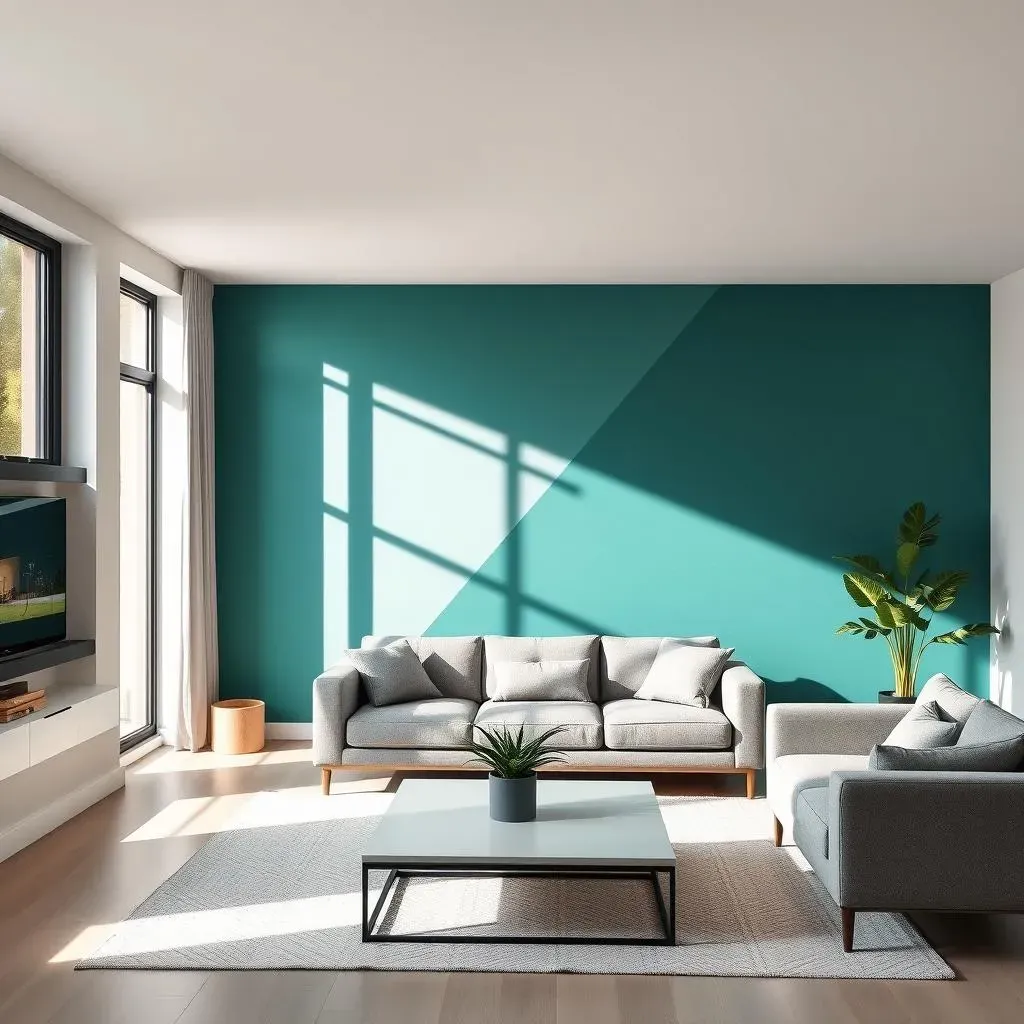Table of Contents
Tired of staring at the same four walls? Want to inject some personality and pizzazz into your living space without a complete overhaul? Then it's time to explore the world of accent walls! An accent wall is a fantastic way to add visual interest, define a space, or highlight architectural features. But where do you start? What colors work best? And is paint your only option? Fear not, design enthusiast! This guide is your one-stop shop for all things accent wall related. We'll dive deep intohow to accent wall paint ideas, covering everything from choosing the perfect wall to selecting the right color palette and even exploring creative painting techniques.
What is an Accent Wall and Why Use One?
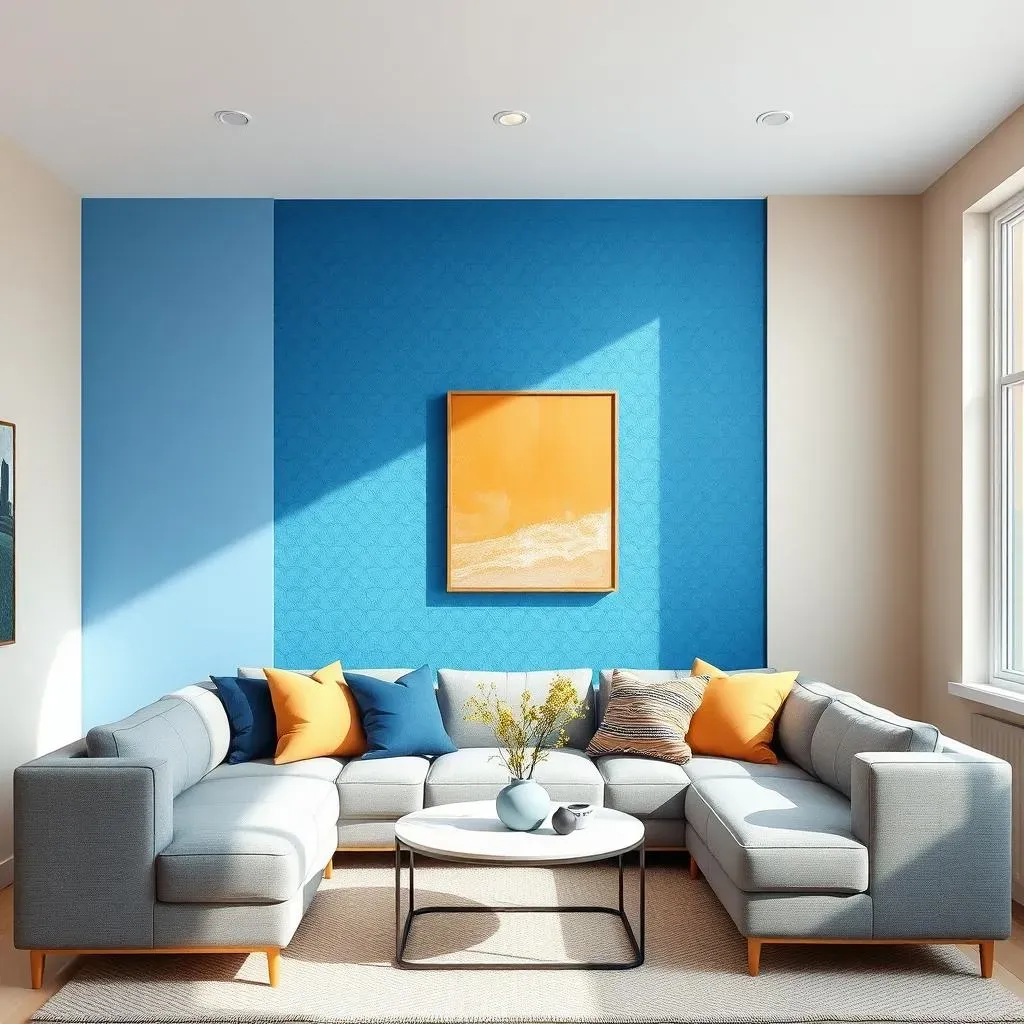
What is an Accent Wall and Why Use One?
so what exactly *is* an accent wall? Simply put, it's a wall in a room that's a different color, material, or design than the other walls. Think of it as a statement piece for your room, a way to add a pop of personality without committing to painting the entire space. It's like that one bold accessory that elevates your whole outfit, but for your home.
But why bother with an accent wall in the first place? Well, the reasons are numerous! For starters, it's a fantastic way to add visual interest to a room that might otherwise feel a bit bland. It can also help to define a space, like highlighting a dining area in an open-concept living room. Plus, it's a relatively inexpensive and easy way to update your décor without a complete renovation.
Beyond aesthetics, accent walls can also serve a practical purpose. They can draw attention to architectural features, like a fireplace or a bay window, making them a focal point of the room. Or, they can visually shorten a long, narrow room, making it feel more balanced and inviting. The possibilities are truly endless!
- Add Visual Interest
- Define a Space
- Highlight Architectural Features
- Create a Focal Point
- Change the Perception of Space
Ultimately, an accent wall is all about adding personality and style to your home. It's a chance to express your creativity and create a space that truly reflects your taste. So, whether you're looking to add a pop of color, define a space, or simply create a more visually interesting room, an accent wall might be just what you need.
Choosing the Right Wall: Accent Wall Considerations and Placement
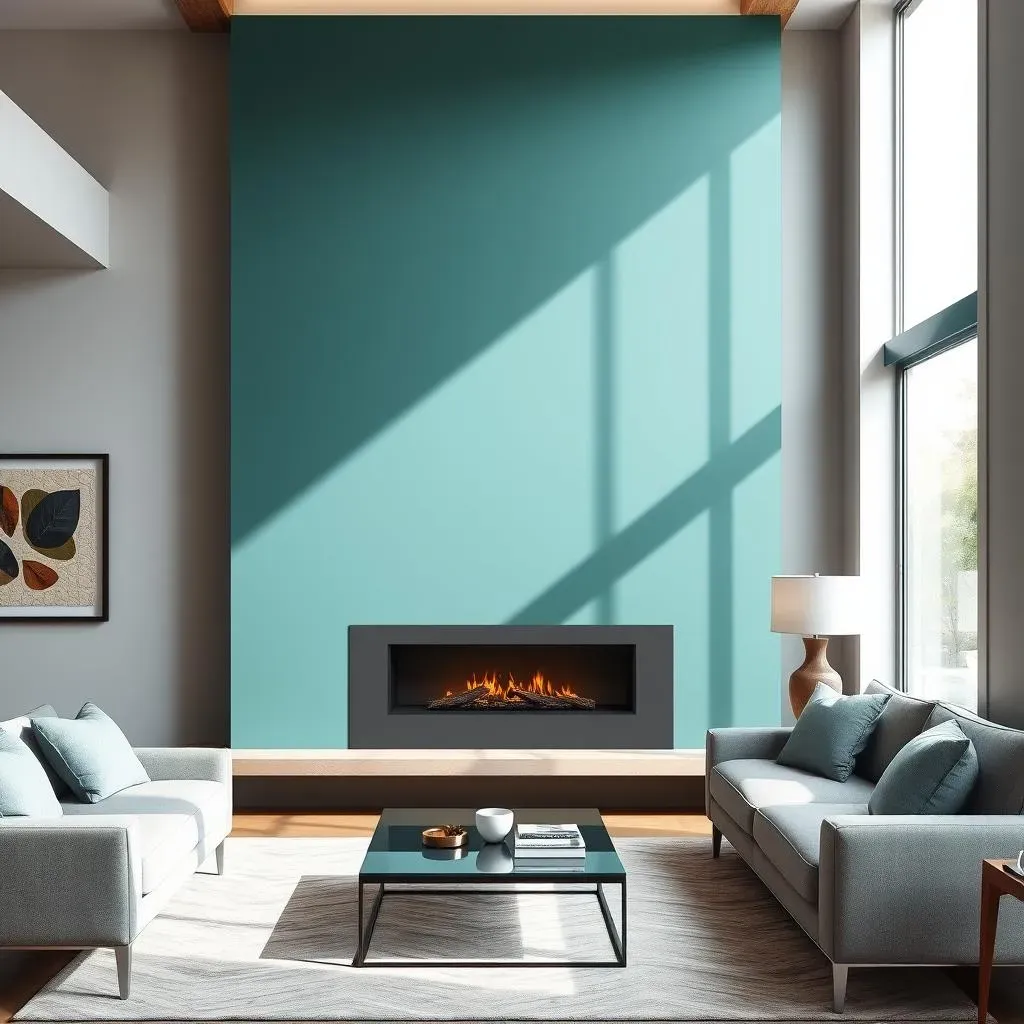
Choosing the Right Wall: Accent Wall Considerations and Placement
Consider the Focal Point
so you're sold on the idea of an accent wall, awesome! But before you grab a paintbrush, let's talk strategy. Choosing the right wall is crucial for creating the desired effect. The first thing you'll want to consider is the room's existing focal point. Does the room already have a natural area that draws the eye, like a fireplace, a large window with a view, or a built-in bookshelf? If so, that's a strong contender for your accent wall.
An accent wall should enhance, not compete with, the existing focal point. Think of it as framing a beautiful picture. You want the frame to complement the artwork, not overshadow it. So, if you have a stunning fireplace, painting the wall behind it a contrasting color will instantly draw attention to it and make it even more of a statement piece.
Size and Shape Matters
Next up, size and shape! Not all walls are created equal, and some are better suited for accent wall status than others. As a general rule, you'll want to choose a wall that's relatively large and unbroken. A small, choppy wall with lots of doors and windows might not be the best choice, as the accent color can get lost in the visual clutter. Also, avoid walls that have awkward angles or architectural oddities that you don't want to highlight. You want the accent wall to feel intentional, not like a design afterthought.
Now, let's talk about room size. While accent walls can work in both large and small spaces, you'll want to be mindful of the color you choose. Dark colors can make a small room feel even smaller, so if you're working with limited square footage, opt for a lighter shade that will add visual interest without closing in the space. Conversely, in a large room, a bold, dark accent wall can help to create a sense of intimacy and coziness.
Lighting and Natural Light
Finally, don't forget about lighting! The way light hits your accent wall can dramatically affect how the color appears. Consider both natural light and artificial light sources when making your decision. A wall that gets a lot of direct sunlight might appear much brighter than a wall in a dimly lit corner. And the type of lightbulb you use can also impact the color. Warm light tends to bring out the yellow tones in a color, while cool light can make colors appear more muted.
Before committing to a color, it's always a good idea to test it out on a small section of the wall and observe how it looks at different times of day and under different lighting conditions. This will help you avoid any unpleasant surprises and ensure that you choose a color that you'll love for years to come.
Quick Checklist for Choosing Your Accent Wall
- Does it have an existing focal point?
- Is it a relatively large, unbroken wall?
- Does the room have a lot of natural light?
- How will artificial lighting affect the color?
Creative Accent Wall Paint Ideas and Techniques
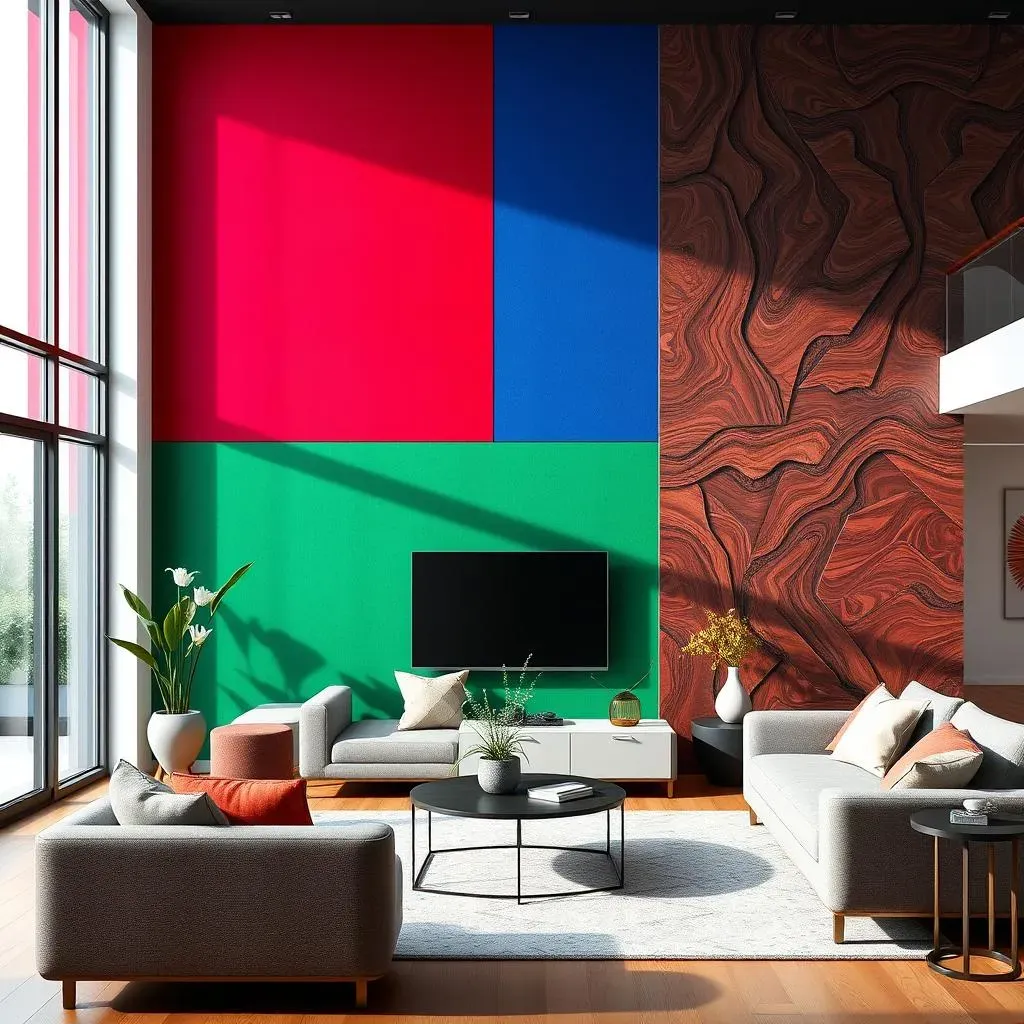
Creative Accent Wall Paint Ideas and Techniques
Bold Colors and Unexpected Hues
so you've picked your wall, now for the fun part: color! Forget boring beige, it's time to get bold. Think deep jewel tones like emerald green, sapphire blue, or ruby red for a touch of drama. Or, if you're feeling adventurous, try a vibrant citrus hue like tangerine or lime green. The key is to choose a color that complements your existing décor but also makes a statement. Don't be afraid to step outside your comfort zone and experiment with unexpected hues. You might just surprise yourself!
Consider the mood you want to create. A calming blue or green can transform a bedroom into a serene oasis, while a fiery red or orange can add energy and excitement to a living room. And don't forget about the finish! A matte finish will create a soft, subtle look, while a glossy finish will add a touch of glamour and reflect more light.
Geometric Patterns and Mural Magic
Want to take your accent wall to the next level? Ditch the solid color and try a geometric pattern! Think bold stripes, chevrons, or even a more intricate design like a honeycomb or Moroccan tile pattern. This is a great way to add visual interest and create a focal point that's truly unique. You can use painter's tape to create crisp, clean lines, or get creative with stencils or freehand painting.
If you're feeling really ambitious, consider painting a mural! This is a chance to unleash your inner artist and create a truly one-of-a-kind accent wall. You can paint a landscape, an abstract design, or even a portrait. The possibilities are endless! Just be sure to sketch out your design beforehand and use high-quality paints for a lasting finish.
Textured Techniques and Faux Finishes
Why stop at just color? Add some texture to your accent wall for a truly tactile experience. There are tons of textured painting techniques you can try, from simple sponge painting to more advanced techniques like Venetian plaster or rag rolling. These techniques add depth and dimension to your wall, creating a look that's both visually appealing and interesting to the touch.
Faux finishes are another great way to add texture and visual interest. You can create the look of wood, stone, or even metal using special paints and techniques. This is a great way to add character to a room without the expense or hassle of installing actual wood or stone. Plus, it's a fun and creative way to express your personal style.
Creative Accent Wall Techniques: A Quick Guide
- Stripes: Classic and versatile, use different widths and colors for a modern twist.
- Chevron: Add a dynamic, zig-zag pattern for a bold statement.
- Sponge Painting: Create a textured, mottled effect with a simple sponge.
- Venetian Plaster: Achieve a luxurious, marble-like finish with depth and sheen.
- Color Washing: Soften the wall with layers of translucent color for a dreamy look.
Beyond Paint: Accent Wall Alternatives and Styling Tips
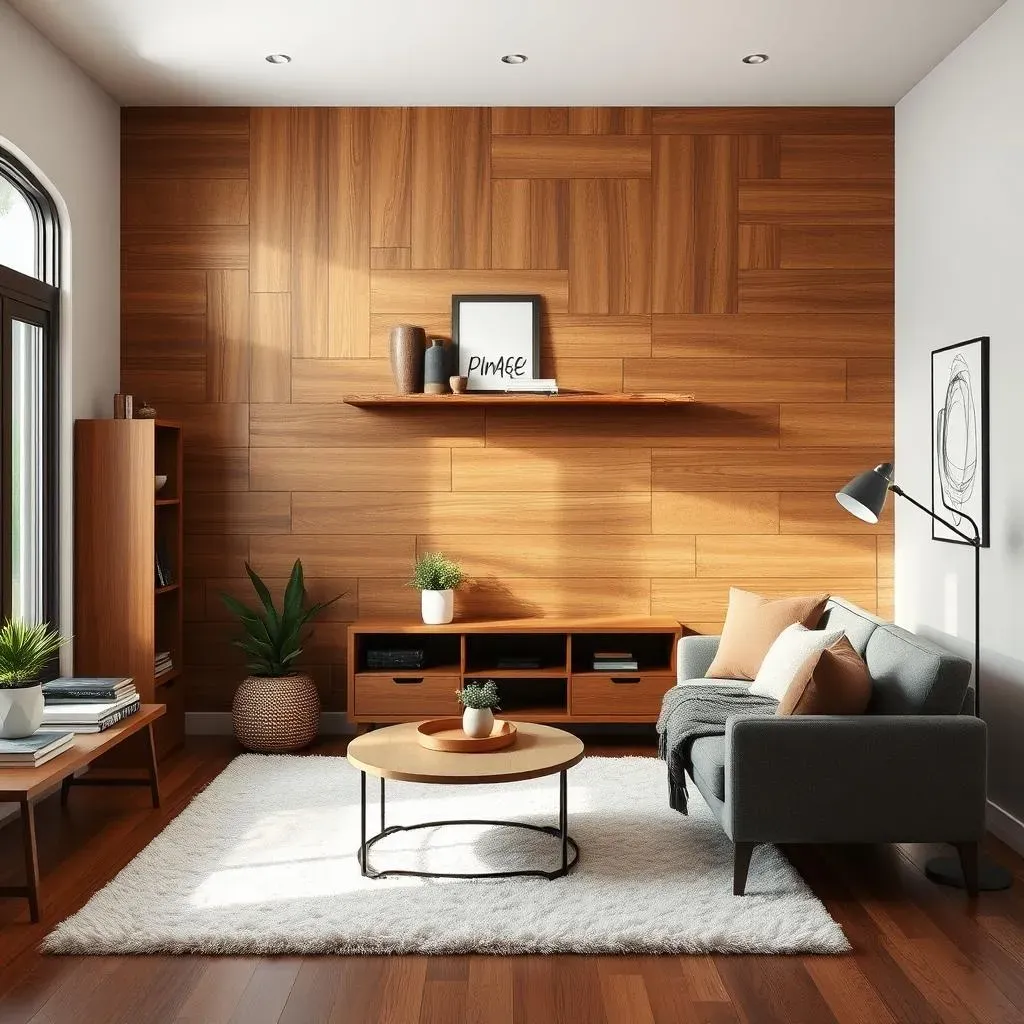
Beyond Paint: Accent Wall Alternatives and Styling Tips
so you're digging the accent wall vibe, but maybe you're not a huge fan of painting, or you're just looking for something a little different? No problem! Paint is definitely not the only option when it comes to creating a statement wall. There's a whole world of alternatives out there just waiting to be explored. Think textures, patterns, and materials that add depth, warmth, and a whole lot of personality to your space. From the cozy charm of wood paneling to the bold statement of wallpaper, let's dive into some seriously cool alternatives to paint!
Conclusion: Accent Walls - A Timeless Design Tool
Accent walls, when thoughtfully executed, remain a powerful tool in any design arsenal. Whether you opt for a bold splash of color with paint, explore the textures of wood paneling, or make a statement with temporary wallpaper, the key is to create a cohesive and intentional design. By carefully considering the existing focal points, architectural features, and overall aesthetic of your space, you can create an accent wall that not only adds visual interest but also elevates the entire room. Don't be afraid to experiment, embrace your personal style, and transform your home into a reflection of you.
